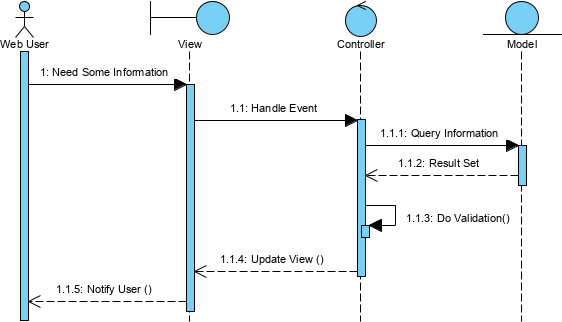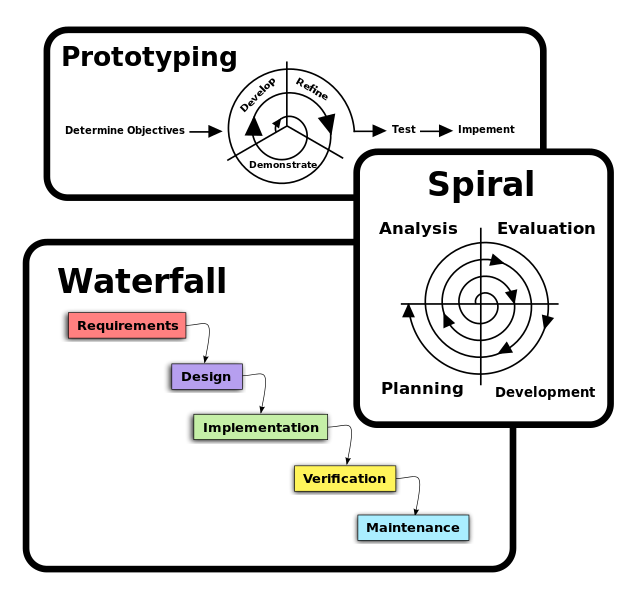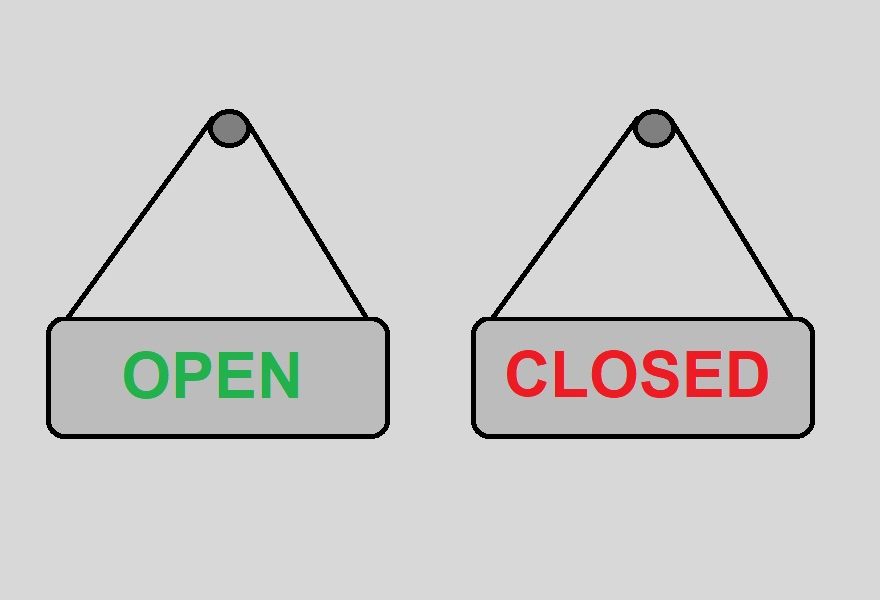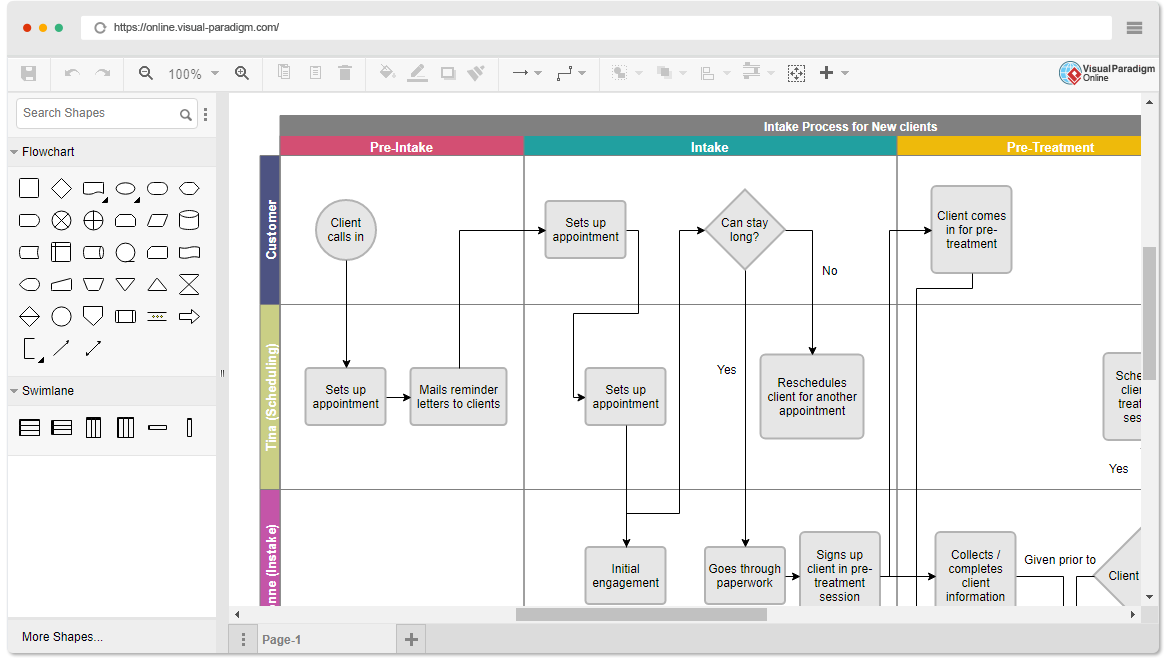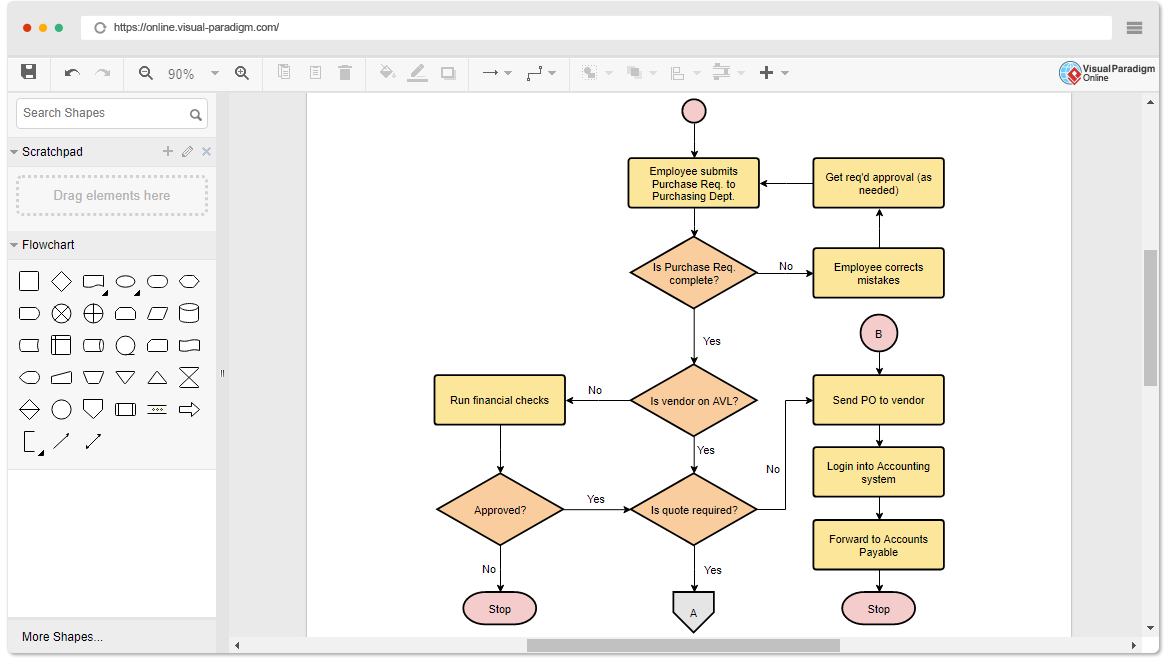Risk management is a system for identifying, addressing and eliminating issues that may be detrimental to the cost, schedule or technical success of a project or to the morale of the project team. “Tomorrow’s problems are today’s risks.” Therefore, “risk” is clearly defined as a problem that could cause some damage or threaten the project schedule, but has not yet occurred.
Continue reading

